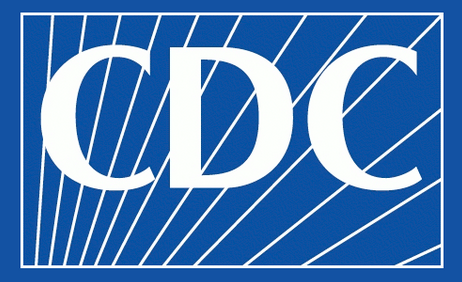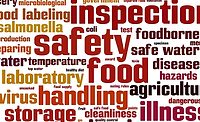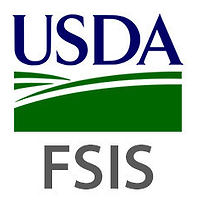According to the U.S. Centers for Disease Control and Prevention’s (CDC’s) Morbidity and Mortality Weekly Report, Campylobacter and Salmonella were the most reported bacterial foodborne illnesses in 2016. The data, gathered by CDC’s Foodborne Diseases Active Surveillance Network (FoodNet) report provides the most up-to-date information about foodborne illnesses in the U.S.
FoodNet’s data represents 15 percent of the U.S. population. In 2016, the database recorded 24,029 foodborne infections, 5,512 hospitalizations, and 98 deaths. The number of reported illnesses by pathogen were as follows:
- Campylobacter (8,547)
- Salmonella (8,172)
- Shigella (2,913)
- Shiga toxin-producing E. coli (1,845)
- Cryptosporidium (1,816)
- Yersinia (302)
- Vibrio (252)
- Listeria (127)
- Cyclospora (55)
This is the first time the report also includes the total number of infections those foodborne bacterial infections diagnosed only by rapid diagnostic tests in FoodNet sites. Previously, the report counted foodborne bacterial infections confirmed only by traditional culture-based methods in the total numbers.
What’s apparent with these new data is the increasing popularity of rapid tests, or culture-independent diagnostic tests (CIDTs). These tests, according to CDC, can be credited with making foodborne infections more visible today than in years past. However, CIDTs do not collect information needed to determine if an infection is antibiotic-resistant or if it is linked to an outbreak. Follow up by way of culture-based testing is required for more detailed information, but more often than not, this does not happen.
Also, the increased reliance on CIDTs could negatively affect how foodborne illness trends are monitored. That’s because while there could appear to be an increase in infections, what may actually be happening is more positive results due to better testing practices. CDC says that estimated infections this year and in years past are accurate, but cannot be directly compared because the total now includes results from diagnostic tests not used in previous years.
“We need foodborne-illness trend data to monitor progress toward making our food supply safer,” Tauxe said. “It’s important that laboratories continue to do follow-up cultures on CIDT-positive patients so public health officials can get the information needed to protect people from foodborne illness.” says Robert Tauxe, M.D., M.P.H, director of CDC’s Division of Foodborne, Waterborne, and Environmental Diseases.
As new and improved testing methods come to market, FoodNet is also developing new tools that will allow it to continue to track the needed progress toward reducing foodborne illness.
Sign up for Food Safety Magazine&rsquos bi-weekly emails!




